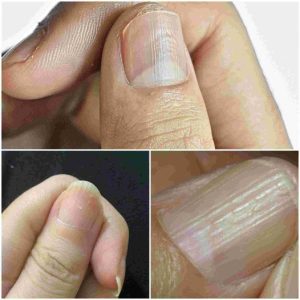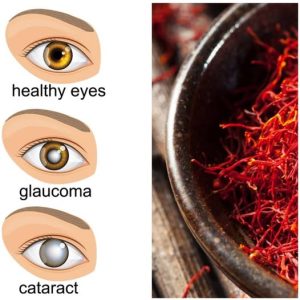Understanding Water Retention and Its Causes
Water retention, or edema, occurs when excess fluids accumulate within the body, often causing swelling in areas like the hands, feet, ankles, and legs. This condition can be uncomfortable and, if persistent, may indicate an underlying health issue. Common causes include high sodium intake, hormonal fluctuations, certain medications, and lack of physical activity, while medical conditions like heart or kidney disease can also contribute. Identifying the root cause is essential for effective management and relief.
Symptoms and Early Detection
The primary symptoms of water retention include puffiness, stiffness, and a sensation of heaviness, particularly in the extremities. Sometimes, pressing on the swollen area leaves a small indentation. Early detection of these symptoms can prompt timely actions to alleviate swelling and prevent more severe discomfort. Recognizing and addressing water retention can greatly improve daily comfort and mobility.
Dietary Adjustments and Natural Remedies
Diet plays a major role in managing water retention. Reducing sodium, eating potassium-rich foods, and avoiding processed products can help. Additionally, some foods and herbs like cucumbers, watermelon, and dandelion tea have natural diuretic properties, assisting in flushing out excess fluids. Hydrating and anti-inflammatory drinks or smoothies, like those containing pineapple, cucumber, and kale, can further support the body in balancing fluid levels.
Lifestyle Changes for Prevention
Adopting certain lifestyle habits can also help prevent water retention. Regular exercise, elevating your legs, using compression stockings, and ensuring sufficient hydration all support fluid regulation. Consistent sleep, stress management, and balanced nutrition contribute to overall health and reduce the likelihood of fluid buildup. Taking these steps allows for better control over water retention and encourages a balanced, healthy body.





